Washing baby bottles in dishwasher with other dishes can be a daunting task for new parents. With so many different methods and techniques, it can be hard to know what is safe and effective. One question that often comes up is whether it is okay to wash baby bottles in the dishwasher with other dishes.
While some parents may be hesitant to mix baby bottles with other dishes in the dishwasher, it is generally safe to do so as long as certain precautions are taken. Understanding the basics of baby bottles, dishwasher essentials, and the cleaning process can help ensure that your baby’s bottles are properly cleaned and sanitized.
Key Takeaways:
- It is generally safe to wash baby bottles in the dishwasher with other dishes as long as certain precautions are taken.
- Proper disassembly and reassembly of baby bottles is important for effective cleaning.
- Using safe and effective detergents, and ensuring proper drying and storage, can help prevent contamination and keep your baby healthy.
Understanding the Basics of Baby Bottles
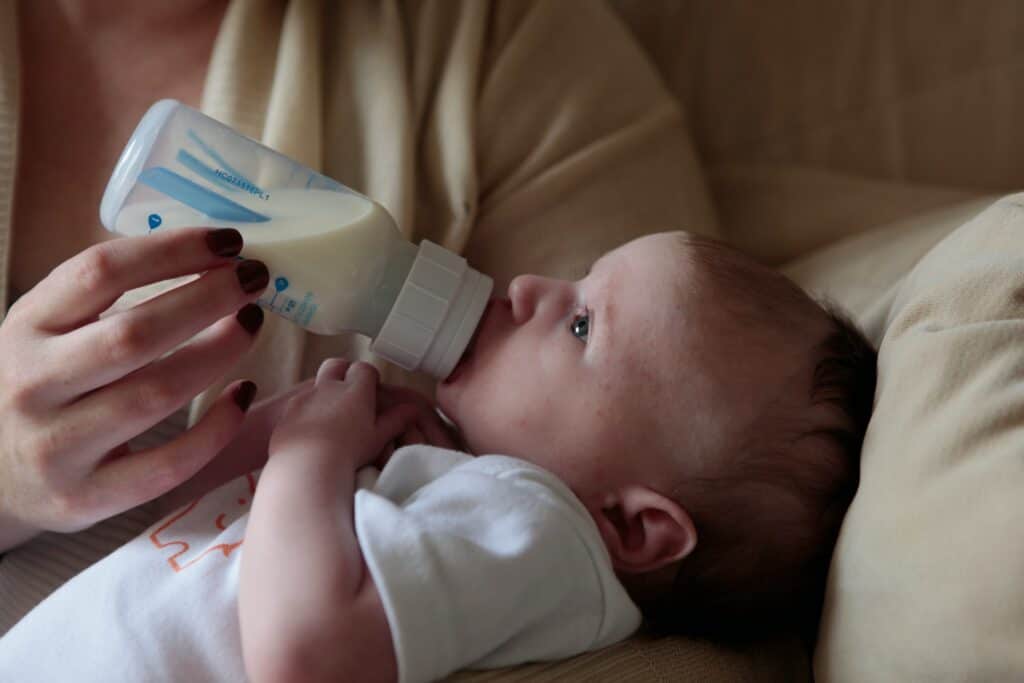
When it comes to feeding a baby, one of the most important things to consider is the type of bottle to use. Baby bottles come in a variety of shapes, sizes, and materials, and it can be overwhelming for new parents to choose the right one. This section will provide an overview of the basics of baby bottles, including the types of materials used, the importance of BPA-free bottles, and the different types of nipples and vents.
Materials Used for Baby Bottles
The most common materials used for baby bottles are plastic, glass, and stainless steel. Plastic bottles are the most popular due to their affordability and durability. However, it is important to choose BPA-free plastic bottles to avoid any potential health risks.
Glass bottles are also a popular option as they are easy to clean and do not contain any harmful chemicals. Stainless steel bottles are a newer option on the market and are known for their durability and ability to keep liquids warm or cold for longer periods.
BPA-Free Bottles
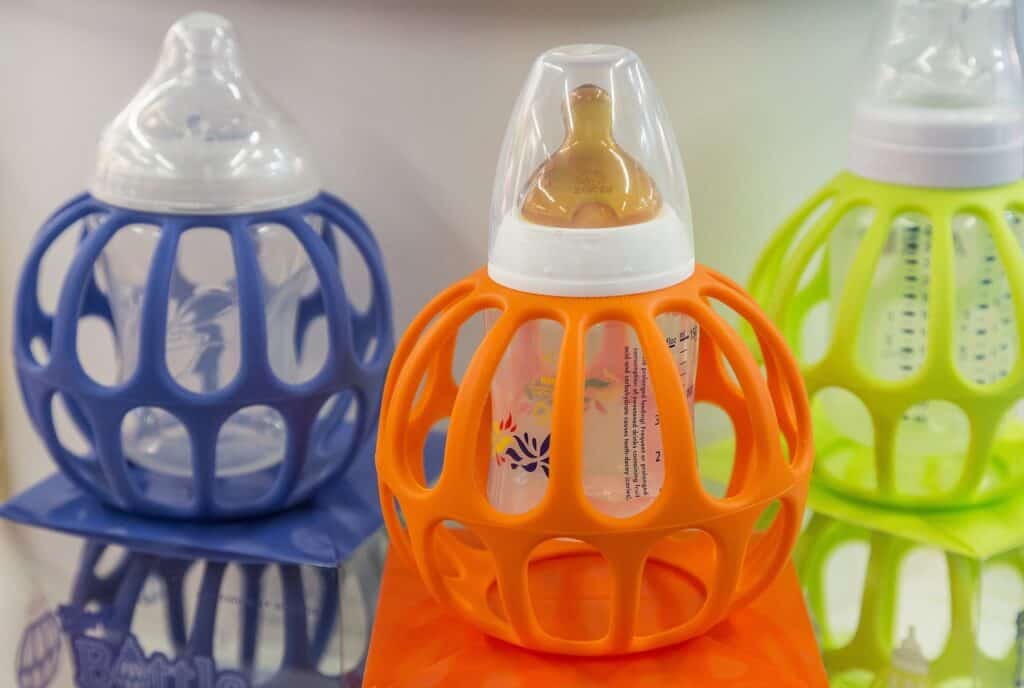
BPA (bisphenol A) is a chemical used in some plastics that can be harmful to infants and young children. It is important to choose BPA-free bottles to avoid any potential health risks. Most plastic bottles on the market today are BPA-free, but it is always important to double-check the packaging or ask the manufacturer to ensure that the bottle is safe for your baby.
Baby Bottle Nipples
The nipple is an important part of the baby bottle as it is where the baby will be consuming their milk or formula. Nipples come in different shapes and sizes, and it is important to choose the right one for your baby’s needs. Some babies prefer a certain shape or size, while others may have trouble latching onto certain types of nipples. It may take some trial and error to find the right nipple for your baby.
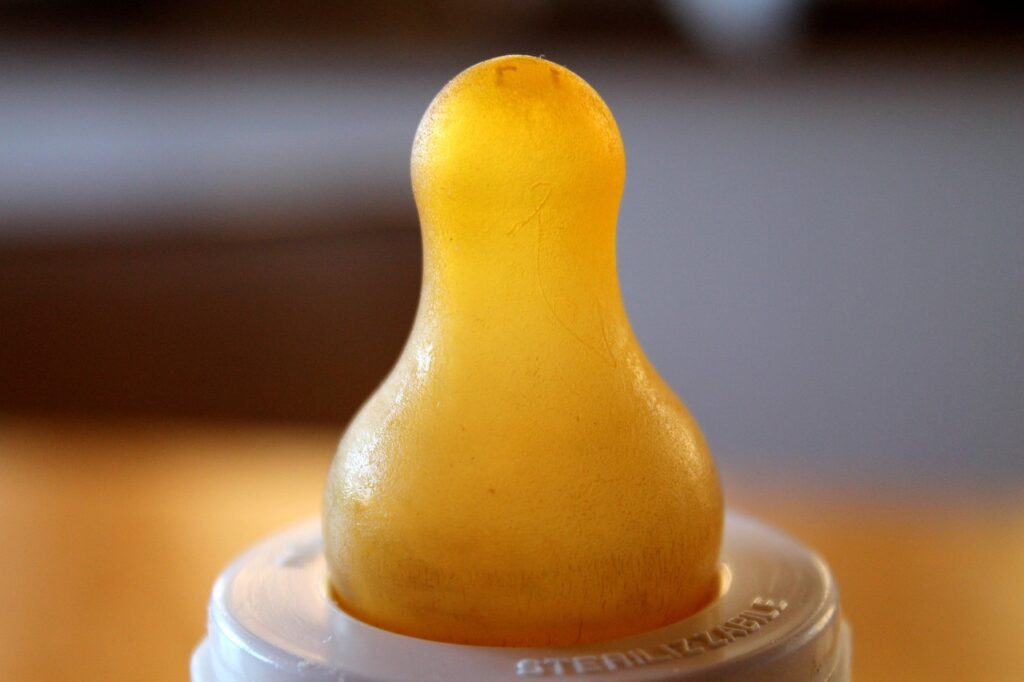
Vents
Some baby bottles come with vents to help reduce the amount of air that the baby ingests while feeding. These vents can be built into the nipple or the bottle itself. Vented bottles can be helpful for babies who have trouble with gas or colic. However, it is important to note that some babies may not need vented bottles and may actually prefer bottles without them.
Overall, choosing the right baby bottle can be a daunting task for new parents. By understanding the basics of baby bottles, including the types of materials used, the importance of BPA-free bottles, and the different types of nipples and vents, parents can make an informed decision when it comes to feeding their baby.
Dishwasher Essentials
When washing baby bottles in a dishwasher, it’s important to know the essentials to ensure the bottles are properly cleaned and sanitized. Here are some tips to keep in mind:
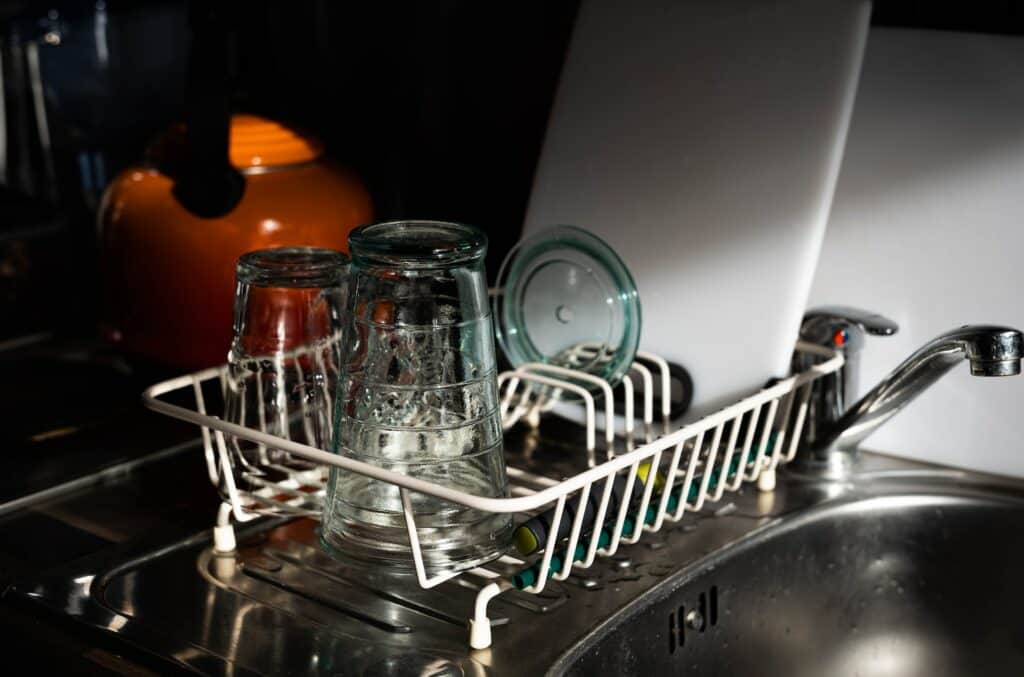
Dishwasher Safe
First and foremost, make sure the baby bottles are dishwasher safe. Not all bottles are suitable for the dishwasher, and using the wrong type of bottle can lead to damage or even melting. Look for bottles that are labeled as dishwasher safe, and check the manufacturer’s instructions before washing.
Top Rack
When loading the dishwasher, place the baby bottles on the top rack. This will prevent them from coming into contact with the heating element, which can cause damage. It also ensures that the bottles are exposed to the proper water pressure and detergent, resulting in a thorough cleaning.
Heating Element
As mentioned, it’s important to avoid placing the bottles near the heating element. This can cause the bottles to warp or melt, and can also affect the quality of the nipple or other components. If your dishwasher has a heating element, make sure to place the bottles on the top rack, away from the heat source.
Other Dishes
It’s generally safe to wash baby bottles with other dishes in the dishwasher, as long as they are all dishwasher safe. However, it’s a good idea to separate the bottles from other items, such as utensils or glassware, to prevent them from shifting during the wash cycle. This can also help ensure that the bottles are exposed to the proper water pressure and detergent.
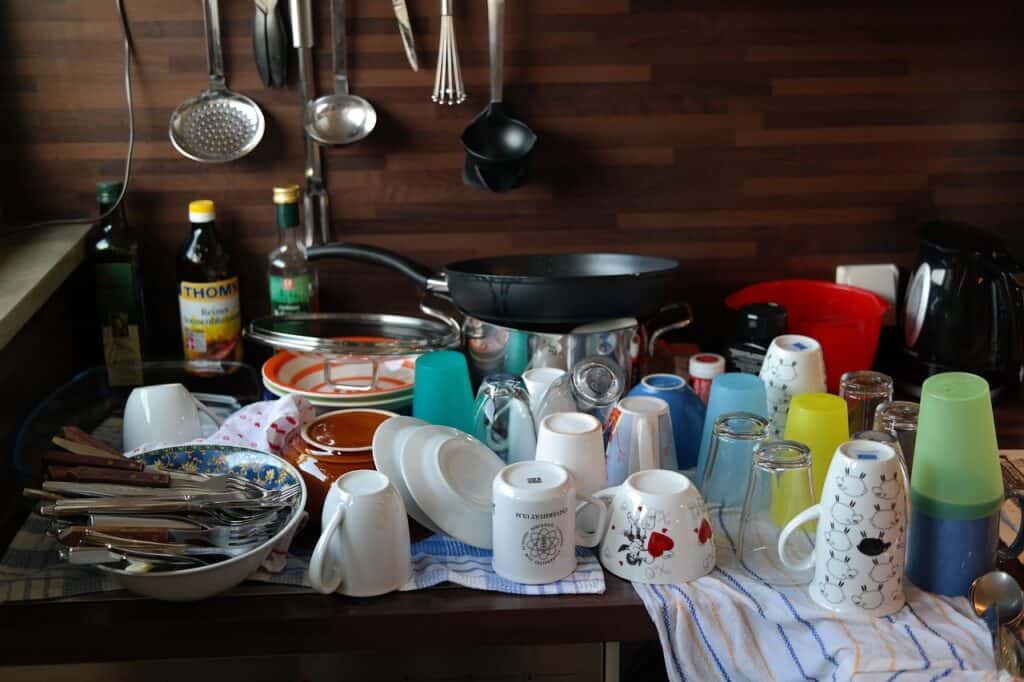
By following these essentials, parents can safely and effectively wash baby bottles in the dishwasher, saving time and effort while ensuring that their little ones have clean and sanitized bottles to drink from.
The Cleaning Process: Washing Baby Bottles in Dishwasher
Washing baby bottles in the dishwasher can be a convenient and time-saving option for parents. However, it is important to ensure that the bottles are cleaned thoroughly to avoid any potential health risks to the baby. Here are some tips on how to properly clean baby bottles in the dishwasher:
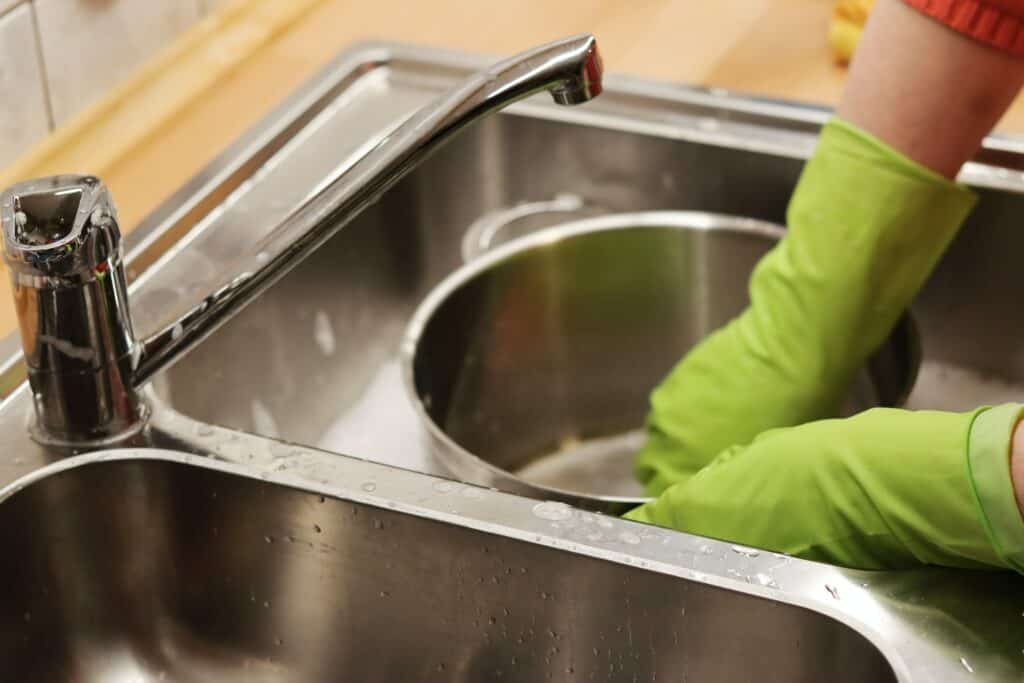
-
Pre-rinse the bottles: Before placing the bottles in the dishwasher, it is recommended to pre-rinse them to remove any leftover milk or formula. This will help to prevent any residue from clogging the dishwasher’s spray arm and ensure that the bottles are cleaned properly.
-
Use a baby bottle dishwasher basket: It is recommended to use a baby bottle dishwasher basket to hold the bottles securely in place during the cleaning process. This will prevent the bottles from falling over and ensure that they are cleaned thoroughly.
-
Use a dishwasher detergent for baby bottles: It is important to use a dishwasher detergent that is specifically designed for baby bottles. These detergents are formulated to remove milk and formula residue, as well as any other food particles, without leaving any harmful chemicals behind.
-
Avoid using dish soap: It is not recommended to use regular dish soap to wash baby bottles in the dishwasher. Dish soap can leave a residue on the bottles that can be harmful to the baby if ingested.
-
Separate baby bottles from other dishes: It is recommended to wash baby bottles separately from other dishes to prevent any cross-contamination. This will ensure that the bottles are cleaned thoroughly and do not come into contact with any harmful bacteria.
By following these tips, parents can ensure that their baby bottles are cleaned properly in the dishwasher and are safe for their baby to use.
Sterilization Techniques
When it comes to washing baby bottles in a dishwasher, it’s important to ensure that they are properly sterilized to prevent any harmful bacteria from contaminating the bottles and potentially causing illness to the baby. There are a few techniques that can be used to ensure the bottles are properly sterilized.
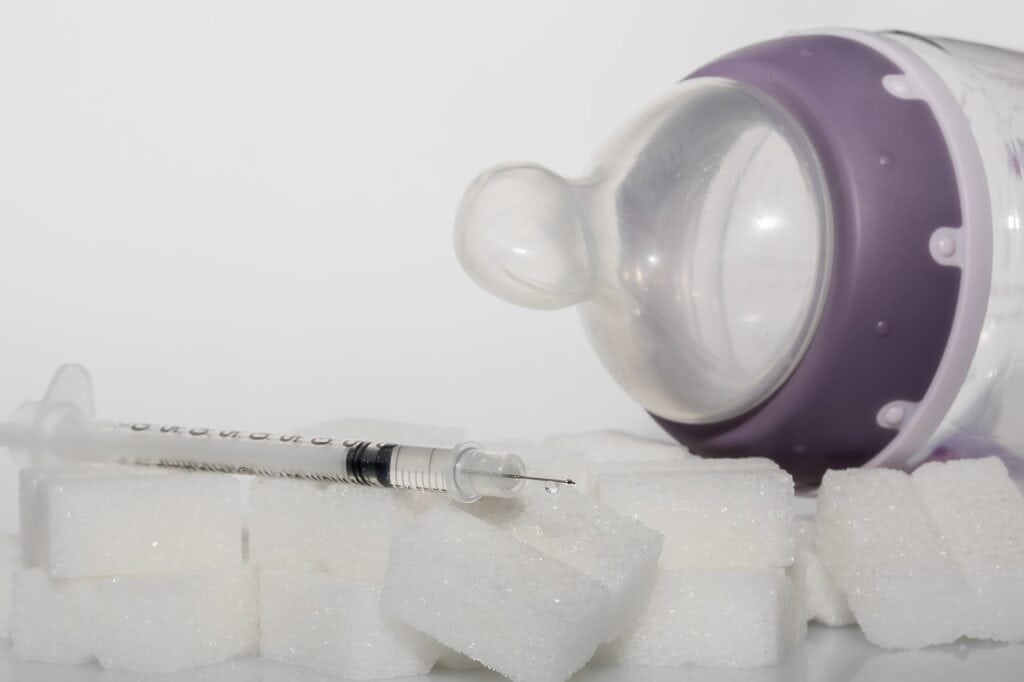
One technique is to use a bottle sterilizer. These are specialized devices that use steam or hot water to sterilize bottles and other baby items. They are convenient and easy to use, and can effectively kill bacteria and other germs that may be present on the bottles.
Another technique is to use the hot water cycle on the dishwasher. This can be an effective way to sterilize baby bottles, as the hot water can kill bacteria and other germs. However, it’s important to ensure that the bottles are placed on the top rack of the dishwasher, away from other dishes, to prevent any cross-contamination.
It’s also important to sanitize the bottles before sterilizing them. This can be done by washing them with hot, soapy water and rinsing them thoroughly. Additionally, some dishwashers have a sanitize cycle that can be used to further sanitize the bottles.
Overall, there are a few techniques that can be used to sterilize baby bottles when washing them in a dishwasher. Whether using a bottle sterilizer or the hot water cycle on the dishwasher, it’s important to ensure that the bottles are properly sanitized before sterilizing them to prevent any harmful bacteria from contaminating them.
Safe and Effective Detergents
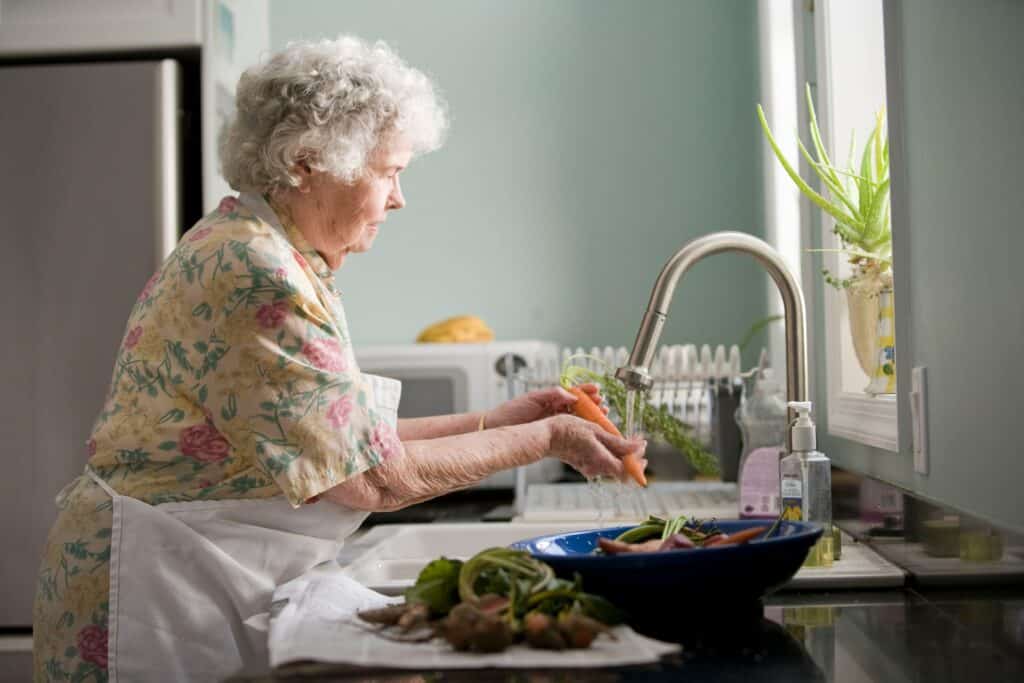
When it comes to washing baby bottles in the dishwasher with other dishes, it is important to use a safe and effective detergent. There are many options available in the market, but not all of them are suitable for cleaning baby bottles. In this section, we will discuss some of the best detergents that are safe and effective for cleaning baby bottles.
One of the most important things to consider when choosing a detergent for cleaning baby bottles is to look for a mild soap that is non-toxic and hypoallergenic. Fragrance-free detergents are also a good option as they do not contain any harmful chemicals that can irritate the baby’s sensitive skin.
Some of the best detergents for cleaning baby bottles include:
-
Seventh Generation Ultra Power Plus Dishwasher Detergent: This detergent is made with plant-based ingredients and is free from harsh chemicals. It is also fragrance-free and hypoallergenic, making it a safe option for cleaning baby bottles.
-
Babyganics Foaming Dish and Bottle Soap: This soap is specifically designed for cleaning baby bottles and is made with plant-based ingredients. It is non-toxic and free from harmful chemicals, making it safe for babies.
-
Ecover Automatic Dishwasher Soap Tablets: These tablets are made with plant-based ingredients and are free from harsh chemicals. They are also fragrance-free and hypoallergenic, making them a safe option for cleaning baby bottles.
It is important to note that not all detergents are safe for cleaning baby bottles. Some detergents contain harmful chemicals that can be harmful to babies. Harsh chemicals can cause skin irritation, allergies, and other health problems. Therefore, it is important to choose a detergent that is safe and effective for cleaning baby bottles.
Proper Disassembly and Reassembly
When washing baby bottles in the dishwasher with other dishes, it is important to properly disassemble and reassemble the bottles to ensure they are thoroughly cleaned and sanitized.
First, remove all parts of the bottle, including the nipple, collar, and any inserts or valves. Check for any cracks or damage before washing. It is recommended to wash bottles as soon as possible after use to prevent milk or formula from drying and sticking to the bottle.
When placing the parts in the dishwasher, make sure they are securely placed in the top rack. Avoid placing them near the heating element or other dishes that may scratch or damage the bottles.
After the dishwasher cycle is complete, remove the parts and inspect them for any remaining residue or debris. If necessary, hand wash with warm soapy water and rinse thoroughly.
When reassembling the bottle, make sure all parts are properly aligned and securely attached. Check the nipple for any tears or damage before using.
By following these proper disassembly and reassembly steps, parents can ensure their baby’s bottles are thoroughly cleaned and sanitized, providing a safe and healthy feeding experience.
Tips for Avoiding Damage
When washing baby bottles in the dishwasher with other dishes, it is important to take steps to avoid damage and wear and tear. Here are some tips to help you keep your baby bottles in good condition:
-
Use a dishwasher basket designed for baby bottles. These baskets have compartments that are the right size and shape for bottles, nipples, and other small parts. They help keep everything organized and prevent items from getting lost or damaged during the wash cycle.
-
Place baby bottles on the top rack of the dishwasher. This will help protect them from the heat and force of the water jets on the bottom rack, which can cause warping or cracking.
-
Use a gentle, baby-friendly detergent. Look for a detergent that is free of harsh chemicals, fragrances, and dyes. Avoid using regular dish soap, which can be too harsh for baby bottles and may leave a residue.
-
Avoid using the “sanitize” or “heated dry” settings on your dishwasher. These settings can expose baby bottles to high temperatures that may cause damage or weaken the plastic over time.
-
Inspect baby bottles regularly for signs of wear and tear. Look for cracks, discoloration, or other damage that may indicate it’s time to replace the bottle. Be sure to follow the manufacturer’s recommendations for how often to replace baby bottles.
By following these tips, you can help keep your baby bottles in good condition and ensure that they are safe and healthy for your little one.
Drying Process
After washing baby bottles in the dishwasher, it is important to ensure that they are properly dried before use. There are a few different methods for drying baby bottles, each with their own advantages and disadvantages.
One option is to simply let the bottles air dry. This method is easy and requires no additional equipment, but it can take a long time for the bottles to dry completely. It is also important to ensure that the bottles are placed in a clean and dry area, as any moisture can lead to the growth of bacteria.
Another option is to use a drying rack specifically designed for baby bottles. These racks typically have special slots and hooks to hold the bottles and their various components, allowing for efficient and thorough drying. However, they do take up additional counter space and can be more difficult to store when not in use.
If your dishwasher has a drying cycle, this can also be a good option for drying baby bottles. However, it is important to ensure that the bottles are placed in a secure position and do not move around during the cycle. Additionally, some dishwasher drying cycles may not be hot enough to fully dry the bottles, so it is important to check them carefully before use.
Regardless of the method used, it is important to ensure that the bottles are completely dry before use. Any remaining moisture can lead to the growth of bacteria or water spots on the bottles. Using a clean towel to dry the bottles can also be an effective option, but it is important to ensure that the towel is completely clean and free of any bacteria or other contaminants.
Additional Accessories
When washing baby bottles in the dishwasher with other dishes, it is important to use additional accessories to ensure that the bottles are properly cleaned. Here are some additional accessories that can be used:
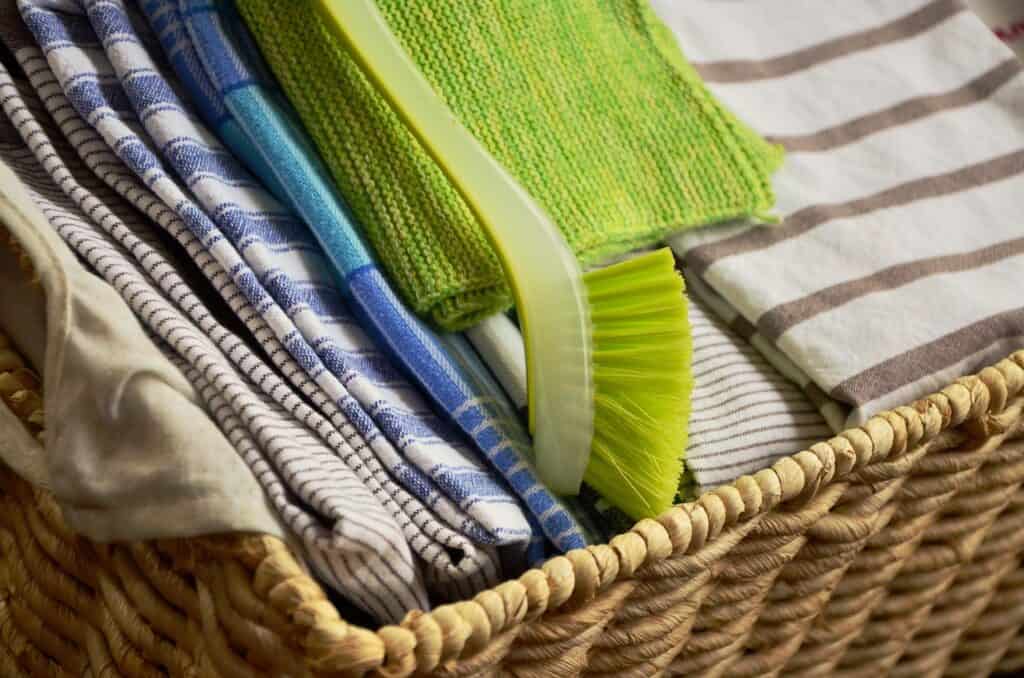
-
Basket: A basket can be used to hold the bottles and other accessories in place during the wash cycle. This prevents them from moving around and potentially not getting cleaned properly.
-
Mesh Bag: A mesh bag can be used to hold smaller accessories, such as bottle nipples and pacifiers, during the wash cycle. This prevents them from getting lost or damaged during the wash cycle.
-
Bottle Brush: A bottle brush can be used to scrub the inside of the bottles and remove any leftover residue or milk. It is important to use a bottle brush specifically designed for baby bottles to ensure that it is safe and effective.
-
Bottle Cleaner: A bottle cleaner can be used to clean the bottles before placing them in the dishwasher. This can help remove any stubborn residue or milk that may not come off during the wash cycle.
Using these additional accessories can help ensure that baby bottles are properly cleaned and sanitized when washing them in the dishwasher with other dishes. It is important to follow the manufacturer’s instructions for each accessory to ensure that they are used properly and safely.
Dealing with Residue and Spots
When washing baby bottles in the dishwasher with other dishes, it is common to experience residue and spots on the bottles. This can be due to leftover food residue or hard water deposits. However, there are a few ways to deal with this issue.
One effective method is to pre-rinse the bottles before placing them in the dishwasher. This can help remove any leftover food residue and prevent it from sticking to the bottles during the wash cycle. Additionally, using a dishwasher detergent that is designed for hard water can help prevent spots from forming on the bottles.
Another option is to add a small amount of vinegar to the dishwasher. This can help break down any mineral deposits that are causing the spots on the bottles. Simply add one cup of white vinegar to the bottom of the dishwasher before running a cycle.
If the above methods do not work, it may be necessary to hand wash the bottles. This can ensure that all residue and spots are removed from the bottles. Use a bottle brush and hot, soapy water to clean the bottles thoroughly.
Overall, dealing with residue and spots when washing baby bottles in the dishwasher can be a frustrating experience. However, by following these tips, parents can ensure that their baby’s bottles are clean and safe for use.
Health and Safety Considerations
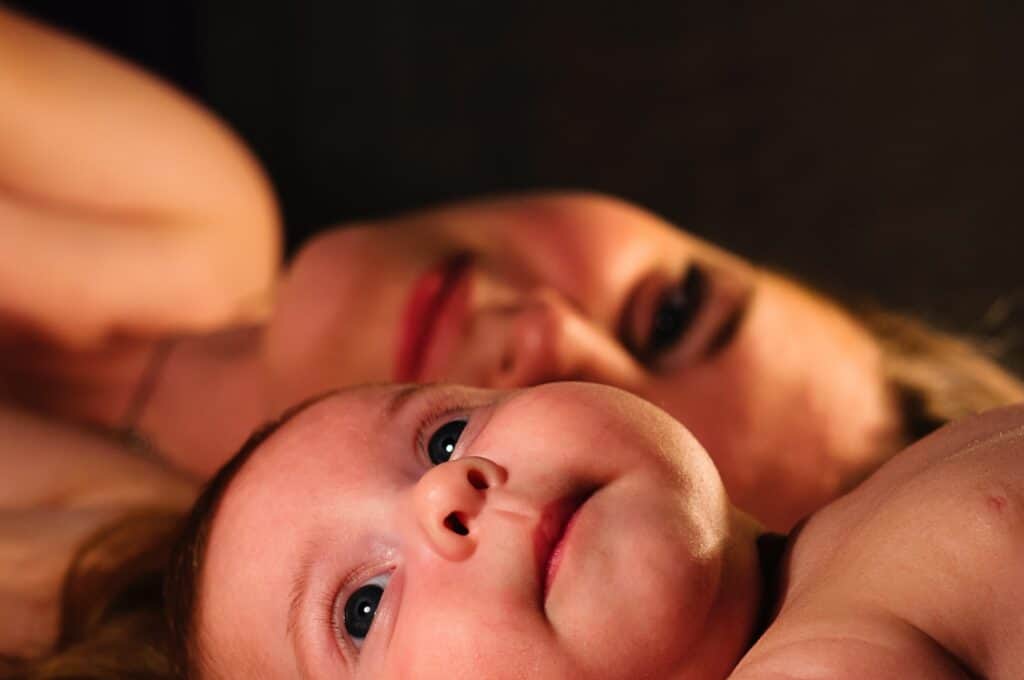
When it comes to washing baby bottles in the dishwasher with other dishes, there are a few health and safety considerations to keep in mind.
First and foremost, it is important to ensure that the dishwasher is clean and free of any leftover food particles or residue from previous washes. This is especially important when washing baby bottles, as any leftover bacteria can be harmful to your baby’s health.
Additionally, it is recommended that you use a high-temperature setting on your dishwasher to ensure that all germs and bacteria are effectively killed during the wash cycle. According to the Centers for Disease Control and Prevention (CDC), a temperature of 140°F (60°C) or higher is necessary to kill most bacteria.
It is also important to note that some baby bottle nipples and other accessories may not be dishwasher safe. Always check the manufacturer’s instructions before washing any baby items in the dishwasher.
Overall, washing baby bottles in the dishwasher with other dishes can be safe and effective as long as proper precautions are taken. By ensuring that your dishwasher is clean, using a high-temperature setting, and checking manufacturer’s instructions, you can help keep your baby safe and healthy.
Related: Do You Use Soap in Breast Milk Bath
Frequently Asked Questions
Can glass baby bottles go in the dishwasher?
Yes, glass baby bottles are generally safe to put in the dishwasher. However, it’s important to check the manufacturer’s instructions to ensure that the bottle is dishwasher safe.
Are Tommee Tippee bottles dishwasher safe?
Yes, Tommee Tippee bottles are dishwasher safe. However, it’s recommended to place them on the top rack of the dishwasher to avoid any damage.
Do you need separate dish soap for baby bottles?
No, you don’t need separate dish soap for baby bottles. However, it’s recommended to use a mild and fragrance-free dish soap to avoid any potential irritation for the baby.
Is it safe to wash baby bottles in dishwasher with cascade?
Yes, it’s generally safe to wash baby bottles in the dishwasher with Cascade. However, it’s recommended to use a gentle cycle and avoid using high heat to prevent any damage to the bottles.
Is it safe to wash bottles with dish soap?
Yes, it’s safe to wash bottles with dish soap. However, it’s important to ensure that the dish soap is mild and fragrance-free to avoid any potential irritation for the baby.
How to clean baby bottles?
To clean baby bottles, first, rinse them with warm water to remove any leftover milk or formula. Then, wash them with a mild and fragrance-free dish soap using a bottle brush. Rinse thoroughly and let them air dry. It’s also recommended to sterilize the bottles once a week by boiling them in water for 5-10 minutes or using a sterilizer.

Iesha is a loving mother of 2 beautiful children. She’s an active parent who enjoys indoor and outdoor adventures with her family. Her mission is to share practical and realistic parenting advice to help the parenting community becoming stronger.
